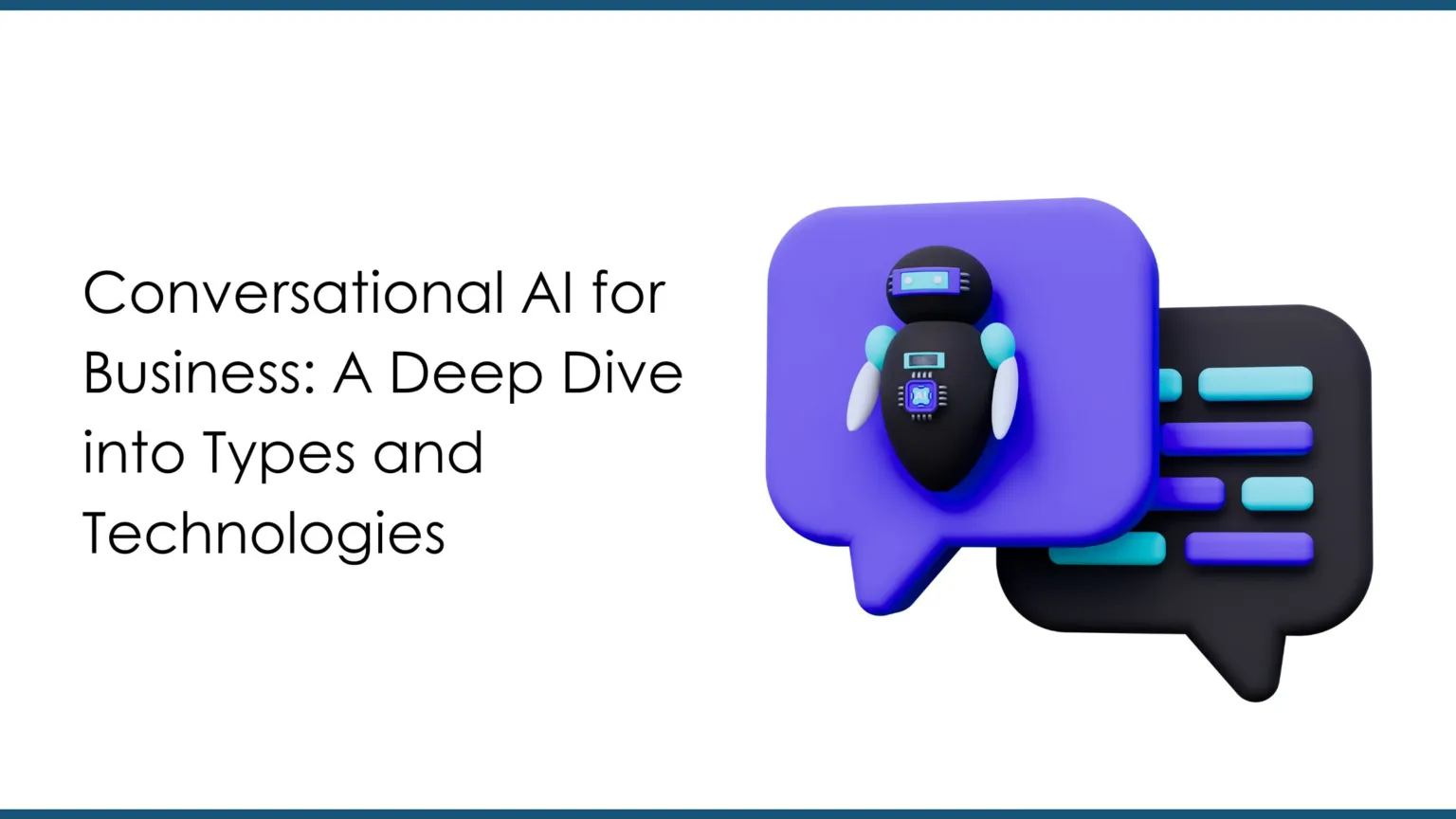 Conversational AI solutions come in various forms, each with its own strengths and weaknesses. Understanding the different types and underlying technologies can help you choose the right solution for your business needs.
Conversational AI solutions come in various forms, each with its own strengths and weaknesses. Understanding the different types and underlying technologies can help you choose the right solution for your business needs.
Types of Conversational AI Solutions
- Rule-Based Chatbots: These chatbots follow pre-defined rules and scripts to respond to user queries. They are relatively simple to implement and can handle basic inquiries, but they lack the flexibility to handle complex conversations or understand natural language nuances.
- AI-Powered Chatbots: These chatbots leverage machine learning and natural language processing to understand user intent and generate more relevant responses. They can handle more complex conversations and learn from user interactions, improving their performance over time.
- Virtual Assistants: Virtual assistants are more sophisticated conversational AI solutions that can perform a wider range of tasks, such as booking appointments, making reservations, and sending emails. They often use a combination of rule-based and AI-powered techniques to deliver a seamless user experience.
Technologies Behind Conversational AI
- Natural Language Processing (NLP): NLP enables computers to understand, interpret, and generate human language. It involves tasks like tokenization, part-of-speech tagging, named entity recognition, and sentiment analysis.
- Natural Language Understanding (NLU): NLU focuses on understanding the meaning and intent behind user utterances. It involves tasks like intent classification and slot filling.
- Machine Learning (ML): ML algorithms are used to train conversational AI models on large datasets of conversations. This enables the models to learn patterns and generate responses that are more likely to be helpful and relevant.
- Dialog Management: Dialog management systems control the flow of conversation between the user and the chatbot. They ensure that the conversation stays on track and that the chatbot provides the most appropriate response at each stage.
Also read – Benefits of Conversational AI for Modern Businesses
Choosing the Right Conversational AI Solution
When selecting a conversational AI solution, consider the following factors:
- Your Business Goals: What are you hoping to achieve with conversational AI? Improved customer service, increased sales, or reduced costs?
- Your Budget: How much are you willing to invest in a conversational AI solution?
- Your Technical Expertise: Do you have the in-house expertise to develop and maintain a conversational AI solution?
- The Complexity of Your Use Case: How complex are the conversations you want your chatbot to handle?
The Role of Human-in-the-Loop (HITL)
While AI-powered chatbots and virtual assistants are becoming increasingly capable, the human element remains crucial for complex or sensitive interactions. Human-in-the-loop (HITL) is a strategy where human agents can step in to handle conversations that the AI system is unable to resolve. This ensures a seamless customer experience and helps the AI system learn from human interactions, further improving its performance over time. HITL also allows businesses to gather valuable feedback and insights from human agents, which can be used to refine the AI system’s capabilities.
Conclusion
Conversational AI solutions are rapidly evolving, offering businesses new and innovative ways to engage with customers. By understanding the different types of conversational AI solutions and the underlying technologies, you can choose the right solution for your business and unlock the full potential of this powerful technology.

